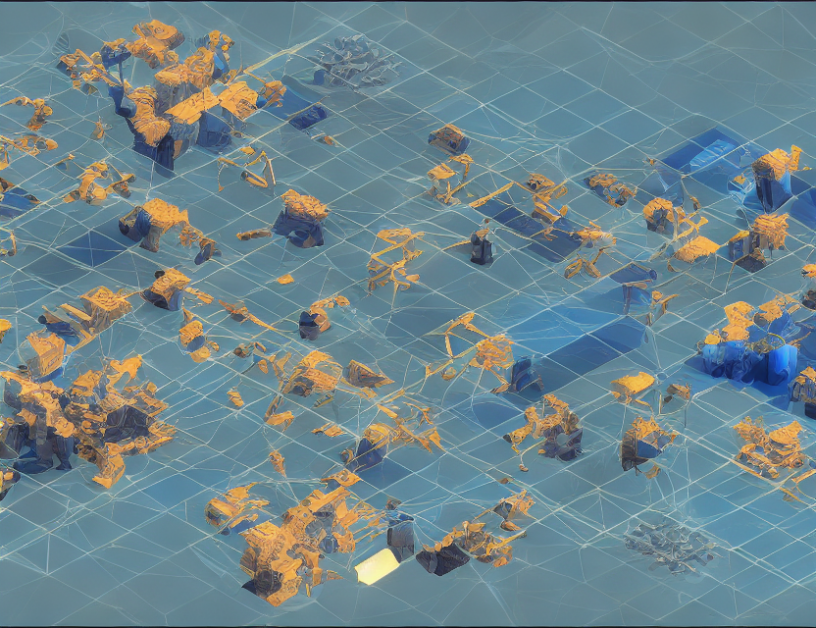The article discusses the challenges faced by academic researchers when collaborating with patients or clinicians on interdisciplinary projects. The researchers found that there are shared characteristics among different academic disciplines, such as scientific language and institutional structures, but these do not always translate to the real world of a patient or clinician.
Participants from various academic disciplines discussed the additional work they had to do when working with Patient and Public Involved in Education (PPIE) groups. They explained that they had to simplify complex concepts and provide accessible explanations to ensure everyone could understand. The researchers identified several challenges, including the need for visual aids to explain complex data and the importance of seeing code to verify its correctness.
The study highlighted the need for better communication and collaboration between academic researchers and patients or clinicians. Participants emphasized the importance of understanding the details of methods and being able to see code to verify their correctness. The researchers concluded that improving interdisciplinary collaboration requires a deep understanding of the shared characteristics among different academic disciplines and the unique needs of patients and clinicians.
Key Takeaways
- Academic researchers face challenges when collaborating with patients or clinicians on interdisciplinary projects.
- There are shared characteristics among different academic disciplines, but these do not always translate to the real world of a patient or clinician.
- Participants from various academic disciplines discussed the additional work they had to do when working with PPIE groups.
- Visual aids and seeing code are important for explaining complex data and verifying correctness.
- Better communication and collaboration between academic researchers and patients or clinicians is essential for improving interdisciplinary collaboration.



